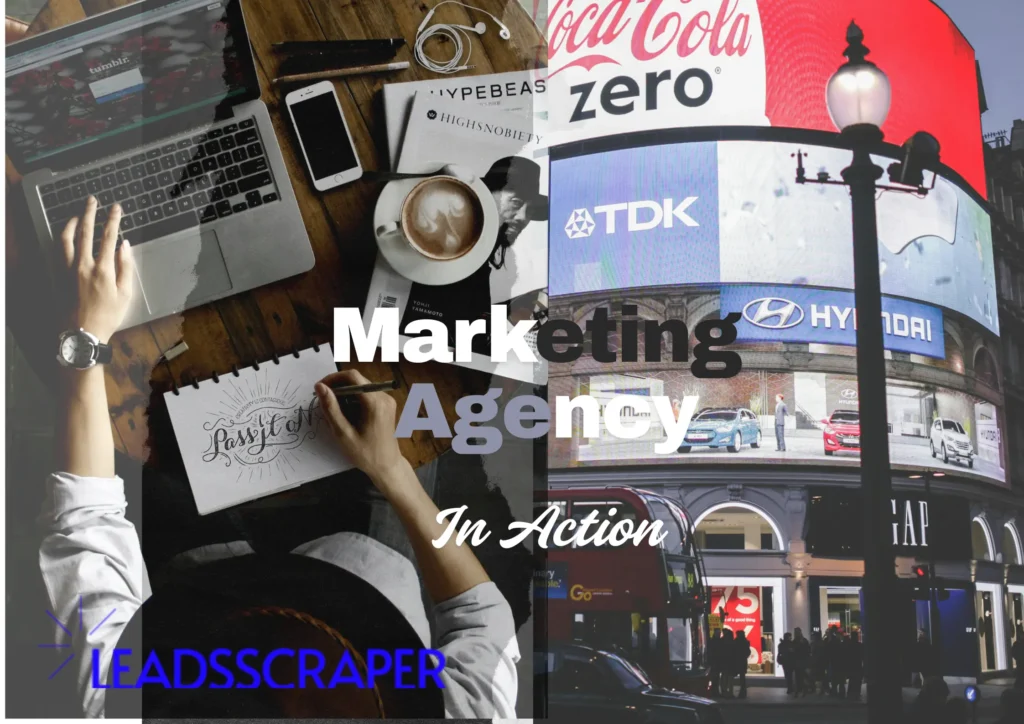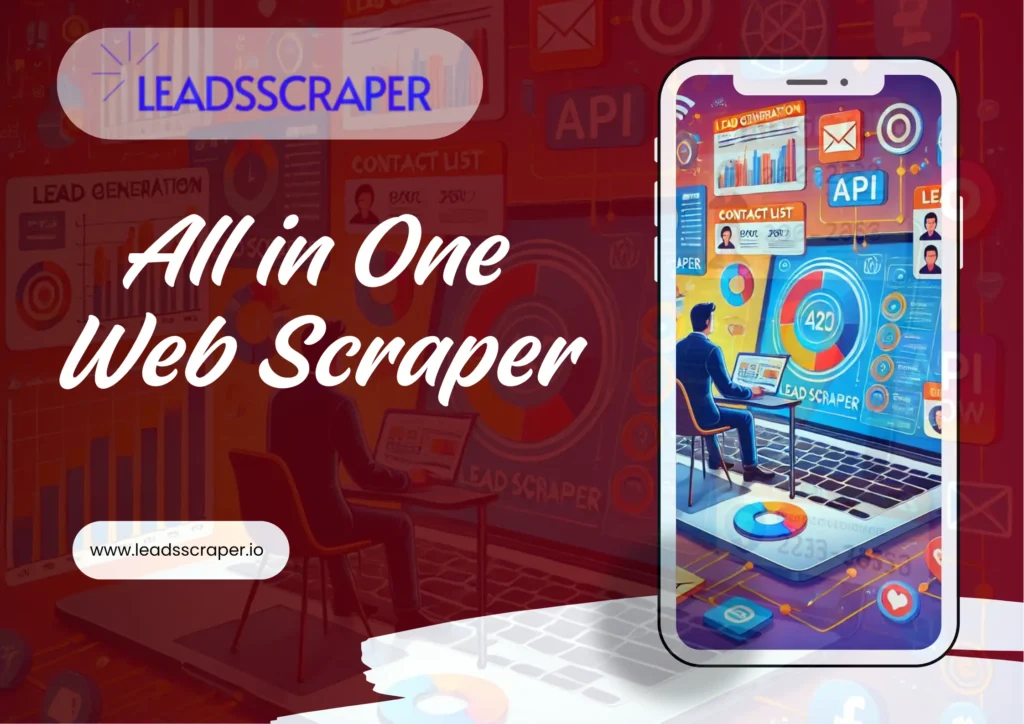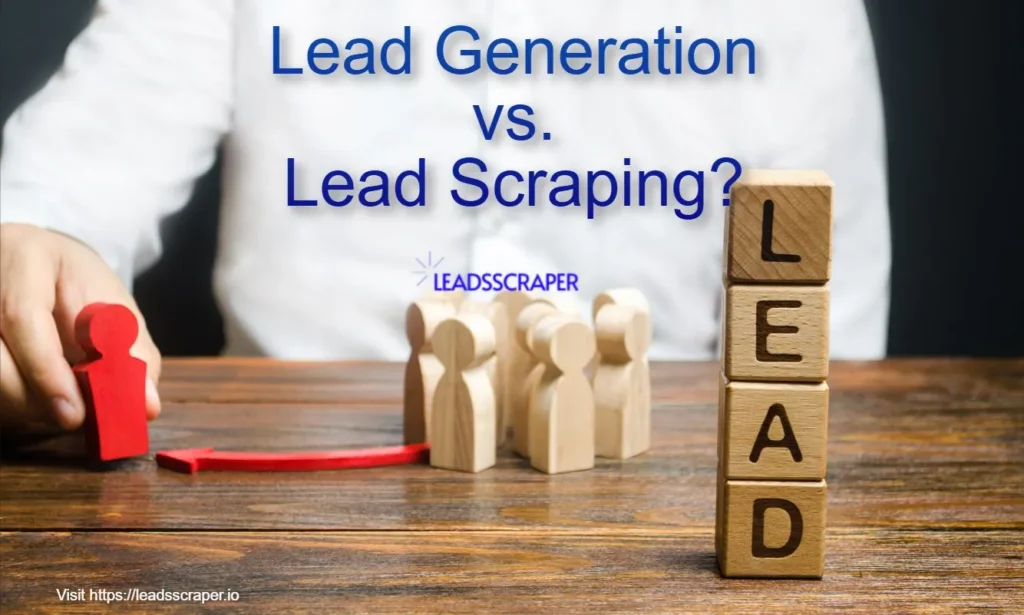Marketing Agencies in Action
Table of Contents
Role of Marketing Agencies
Marketing Agencies are indeed one of the contributors to how businesses and other industries flourish. With that said, these agencies are responsible for various roles that directly affect how industries strategize, analyze data, and implement campaigns to retain, attract, engage, and convert potential customers.
In addition, Marketing Agencies are responsible for digital marketing, branding, advertising, lead generation, and more. Thus, it provides vital services that diversify and support businesses to heighten their brand and competency. Moreover, it enables a competitive edge among industries alike.
Ultimately, Marketing Agencies showcase their expertise to promote and enhance products or services and formulate strategies that improve their brands. More importantly, it bridges the gap between businesses and customers, delivering results and having a significant impact on the expected ROI to these industries.
.
Challenges of Marketing Agencies
There would be many challenges that bring significant misconceptions faced by Marketing Agencies one of which is competition saturation. This would directly create a preconception that “anyone can do it” without proper knowledge, tools expertise, deep research, and a solid network of leads. Even with initiatives to reiterate to clients their expertise and tools for more profitable and more productive results, most would choose freelancers or niche experts to lessen the cost but in reality, they do not.
Another case that they are trying to resolve is that clients thought that “Marketing Agencies are Jack of All Trades”. However, this is not the case all the time, cause they emphasize specific niches that specialize in a specific field. For example, some agencies specialize in branding, some focusing on digital ads, some on public relations (PR), and some on B2B or e-commerce. It boils down to which is which.
All of the many challenges they faced, especially during this digital age. Everything was fast-paced and what might be effective now would not be anymore tomorrow. As a result, it should innovate, adapt, and widen its perspective through research and collaboration with experts and the clients themselves.
Lead Generation
To explain what Lead Generation is, we need to understand how it is utilized to gain potential customers. It is described as a systematic process that attracts, engages, and converts potential customers to sales. Mainly, it focuses on which to funnel down the potential customers to avail of products or services offered.
Thus, it allows to draw the attention of potential customers who were persuaded through Ads, social-media postings, promotions, etc. This creates curiosity that enables awareness and will lead to frequent visits to a specific product or service.
As a result, these frequent visits will create trust and thorough considerations in purchasing. And finally, customers are converted to sales. So the process is repeated and is crucial for businesses and other industries alike.
Types of Lead Generation
There are two types of lead generation these are inbound and outbound. Though different in function, both are relevant and crucial in improving lead generation.
Inbound Lead Generation
Over time, inbound lead generation is cost-effective and builds trust and brand awareness with its potential customers. They focus on building blog posts, content, social media posts, and more. Hence, they attract customers who initiate an interaction and value CRM.
Outbound Lead Generation
On the other hand, outbound lead generation is a higher cost but has an immediate result. Direct targeting and much quicker prospecting to potential customers. They initiate cold emails, cold calls, direct messages, and paid ads. Though effective for fast outreach but has a downside in engagement with potential customers.
Whichever the choice, it solely depends on the business goals. It can choose either of them for short-term or long-term. Or perhaps they can use both of the lead generation available to utilize profit, strengthen lead lists, and funnel everything to ensure a business competitive edge.
Automation Pros & Cons
Automation redefined the lead generation of Marketing Agencies. It enables cost-effectiveness with much less effort in supervision and a short period required. It helps in attracting, engaging, and qualifying leads. However, consideration of the Pros and Cons for effective use must be observed.
Pros
Saves Time and Labor
Saving time and labor is prioritized and utilized by marketing agencies. Consequently, messaging, sending emails for follow-up, social media postings, etc, were automated. It gives more room for strategic planning, market analysis, and other relevant activities instead of a redundant workflow.
Improves Lead Generation and Nurturing
Personalized responses or messages have a much greater impact in attracting customers, leading to higher conversion rates. It prevents spam messages that discourage potential customers. Wherein, the engaged customers are filtered and become qualified leads that promote efficient sales yield.
Leads that were nurtured through relevant content and information are converted to sales, and improved customer retention and relationships. A crucial move to improve CRM for long-term benefit.
Better Insights and Data for Analytics
Accuracy in data gives a precise and decisive analysis that enables businesses to meet their needs and address any issues. Moreover, behavioral patterns are observed through the activities of customers on various platforms that were compiled and collected to analyze.
Enhances Personalization at Scale
Tailored-fit content and campaign that is solely dependent on the customer’s behavior and on the data collected. It increases engagement and conversion to customers at the right moment. SEO is highly utilized, which reflects on high demand and elevation of Return on Investment (ROI).
Scalability
Scalability in Marketing Agencies cuts costs for additional operational expenses that are associated with effort, time, and resources. Eliminating manual workflow from one client to another. It promotes expansion in operations and revenue increase, and can accommodate numerous clients.
Cons
Loss of Personal Touch
Excessive automation can produce a robotic response instead of a humanized approach. It depreciates the value of a humanistic response toward customers’ needs. Thus, does not retain customers who experience inorganic responses and wait for long queues to talk to a machine.
Overdependence on Tools
Tools might do everything in the operations, but it is merely a tool, not a critical mind. It should operate to enhance strategies, campaigns, analysis, etc. However, too much reliance on it may cause serious issues that will lead to poor decision-making and affect customer to attain satisfaction.
High Learning Curve & Cost
There are a lot of innovations to bridge the gap from the previous tools; if that’s the case, another update means another cost for the industries. Thus, it is an in-depth understanding, training, and integration are required to fully grasp and utilize the tools.
Data Privacy & Compliance Risks
In compliance with the existing General Data Protection Regulation (GDPR) and California Consumer Privacy Act (CCPA), the data privacy of various industries requires a certain code of ethics. However, if these regulations are taken for granted penalties, legal actions, and losing a good reputation would hurt the businesses.
Quality Vs. Quantity Trap
Large output is always appealing at first glance, but it doesn’t give substance to the products and services offered. Content, emails, ads, blogs, etc. that lack quality tend to extinguish customer satisfaction and interest in brands or other industries alike. Poor engagement literally means lower conversion, that’s why industries that prioritize quantity over quality lose their customers and have a bad reputation not just to customers but also in the industry.
Strategies For Marketing Agencies
Website & Landing Page Automation
Website and landing page automation enables agencies to launch campaigns, rebrand products or services, promote at the same time attract traffic for leads and leads converted to sales. It saves time and can be replicated and modified to suit customers’ needs.
CRM & Email Integration
Customer Relationship Management (CRM) and Email Integration help in sending emails in a sequential manner depending on customer engagement (opens, clicks, or replies). Automated replies will cover nurtured content that is tailored to customer retention. Upsell messages based on CRM milestones using powerful tools (eg, Leadsscraper, Google Reviews Scraper, etc).
Social Media Lead Automation
The best way to capture a stream of customers is through social media. Leads coming from social media platforms (TikTok, etc.) are nurtured and qualified as customer sales prospects. What’s good about this streamlining of customers is that lead generation is highly feasible and scalable at a much faster pace. That can also be tailored based on trends and content about the brand, products, or services.
Paid Ads & Tracking
Paid Ads and tracking are considered the core of agencies that are used to emphasize return on investment (ROI) to clients. It is also used to scale and track significant information that is working, and adjust campaigns to more targeted audiences for traffic. Using paid ads on Ads, AdSense, etc, to optimize campaigns and install tracking systems that analyze patterns that work.
Scraping & Enrichment (With Caution)
It is more strategic in Scraping and Enrichment to use reliable tools such as Leadsscraper, Google Maps Scraper, Google Map Reviews Scraper, and others alike. Utilizing powerful tools would lessen the cost, and the risk of ethical laws (GDPR, CCPA) violations. SaAS platforms such as this became a powerful tool for agencies to maximize enrichment for leads, campaigns, analytics, and eventually higher sales margins (which was appealing to clients).
Conclusion
In a highly competitive digital age, it is evident that Marketing Agencies should establish a scalable system that promotes the growth, branding, and return on investment (ROI) of businesses. Thus, automation paves the way for much easier and more systematic lead collection.
With the utilization of CRM integration, social media automation, paid ads, and strategic data scraping, agencies can boost productivity and enrich data while nurturing client relationships and the ability to replicate operations.
Much is expected of Marketing Agencies, which is why powerful tools (eg, Google Maps Scraper, Google Maps Reviewer Scraper, Leadsscraper, etc.) are necessary to meet these expectations. However, even if it is fast, enriched data for analytics, and tailored to customers’ needs, agencies must consider the human touch to maintain an organic relationship with their customers.
Ultimately, Marketing Agencies rely not only on the tools and expert integration but also on the emphasis on quality over quantity without violating privacy laws. Furthermore, the combined setup of automation and constant innovation, embracing ethical standards and strategic analysis will create a hybrid combination that produces results.
Lead generation is the act or process of identifying or generating consumer interest in a product or service and converting it into sales.
Lead scraping is the automated process of collecting contact information such as names, emails, phone numbers, and company data from publicly available websites using specialized software or bots.
Lead generation is the act or process of generating consumer interest in a product or service and converting it into sales while lead scraping is the automated process of collecting contact information from publicly available websites.
Google Map scraping, harvesting, or extracting is a process of getting all the information about places (name, address, coordinates, site, phone, working hours, etc.) from the Google Maps site. It automates manual exporting of the data.
An API is a tool that lets you access Google Maps data automatically. With a scraper API, you can quickly gather the information you need.
LeadsScraper offers Google Maps Scraper, Emails & Contacts Scraper, and Email Address Verifier. Choose the tool you need or combine all three for a full lead generation workflow. Start for FREE using Leadsscraper.io





